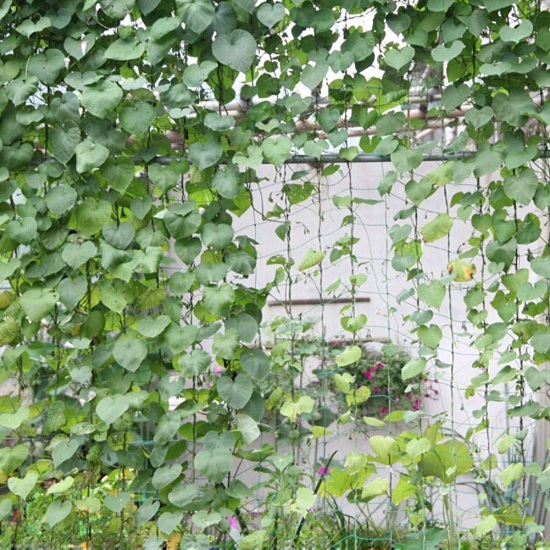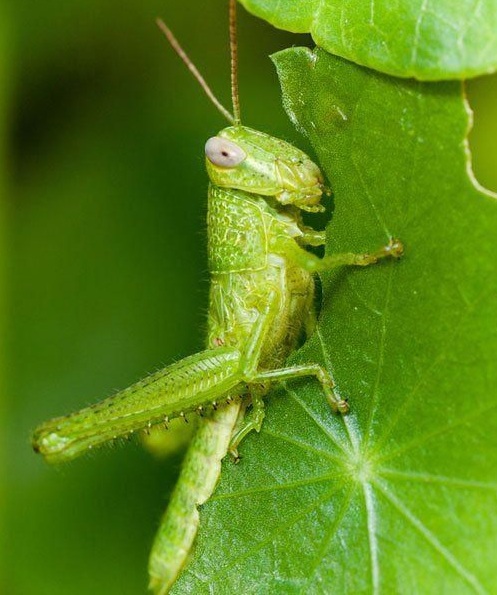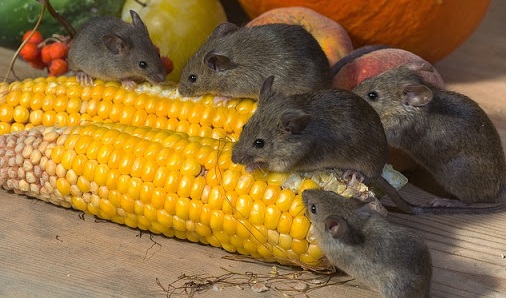- Plants depend on other plants as well as on animals.
- Animals depend on other animals and also on plants.
Types of interdependence can be grouped into:
- Plant to plant interdependence.
- Plant to animal interdependence.
- Animal to animal interdependence.
- Animal to plant interdependence.

- Plants depend on animals for pollination, dispersal and nutrients. For instance insectivorous plants trap and digest insects to obtain nitrates.
- When animals produce faeces or die and decompose, plants obtain manure.
- Animals depend on other animals for food. Herbivores (preys) are eaten by carnivores (predators.)
- Animals depend on plants for food, shade, medicines, habitats and oxygen.


